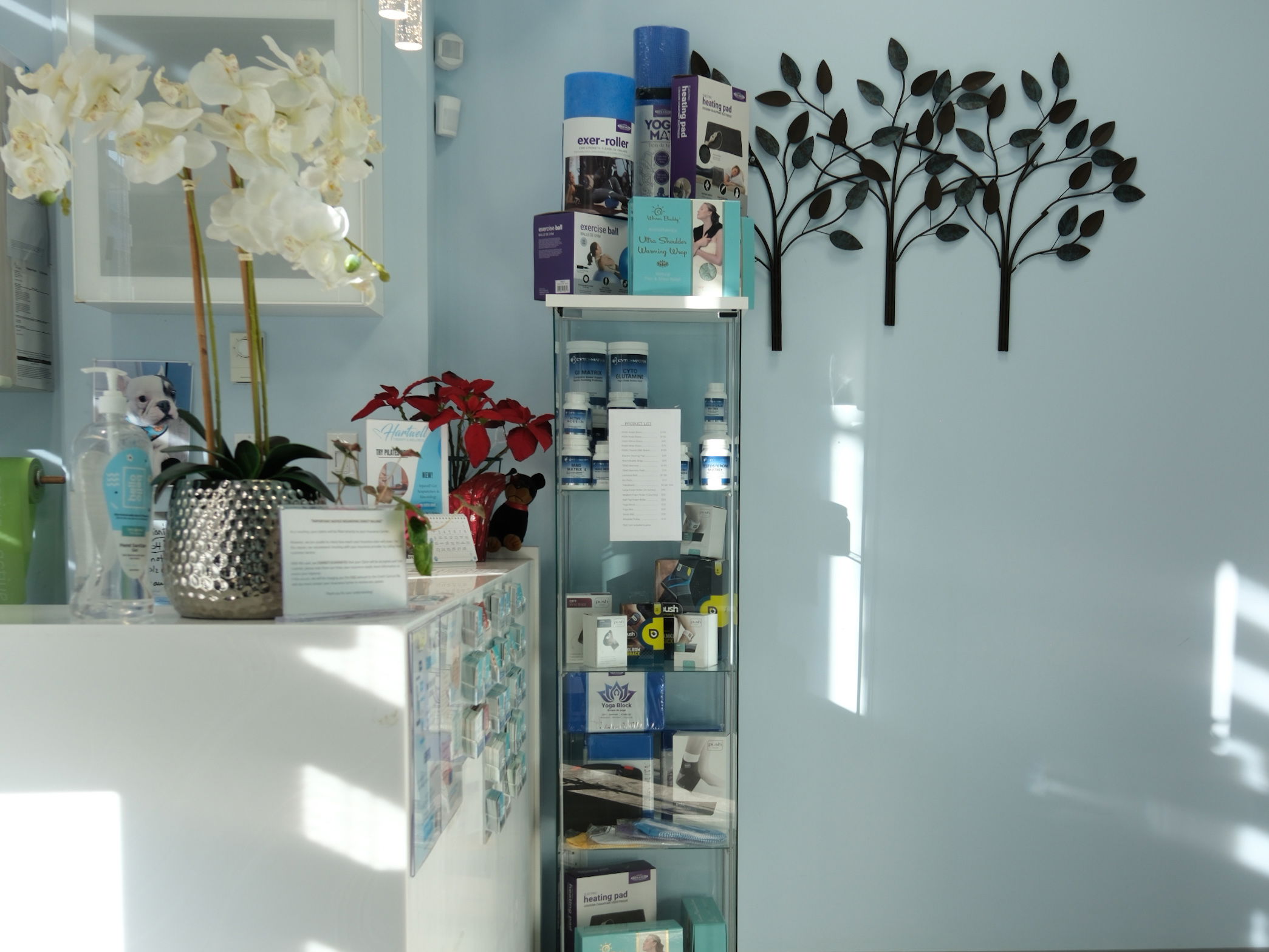In any therapy practice, strong client relationships lead to higher retention, better outcomes, and more referrals. Whether you're a physiotherapist, acupuncturist, massage therapist, or clinical counsellor, fostering trust and connection with clients ensures they return for ongoing care.
Here’s how to create meaningful, long-term relationships with your clients.

1. Make a Strong First Impression
The client experience begins before the session even starts. A smooth and welcoming process ensures they feel comfortable and valued right away.
-
Easy booking process – Ensure your website or scheduling platform is simple and user-friendly.
-
Clear communication – Send appointment confirmations and reminders to avoid confusion.
-
Warm and professional greeting – Whether in person or online, introduce yourself, ask about their needs, and set a friendly tone.
A positive first experience increases the likelihood of clients returning for follow-up sessions.
2. Personalize Each Client’s Experience
Every client is different, and recognizing their unique needs and preferences helps build trust.
-
Remember details – Take notes on past sessions, concerns, and preferences (e.g., preferred pressure for massages, treatment history, or personal goals).
-
Follow up on progress – Ask about improvements since the last session and adjust treatments accordingly.
-
Use their name – Small details like addressing clients by name create a sense of familiarity and care.
Personalized interactions make clients feel seen and heard, strengthening their connection with your practice.
3. Communicate Clearly & Transparently
Clients appreciate honest, straightforward communication about their treatment.
-
Set clear expectations – Explain what the session will include, how it will help, and any recommendations for aftercare.
-
Use simple language – Avoid medical jargon and make sure clients fully understand their treatment plan.
-
Encourage questions – Let clients know they can ask anything, creating an open and supportive dialogue.
When clients understand and trust their treatment process, they are more likely to return for continued care.
4. Provide a Relaxing & Professional Environment
The atmosphere of your therapy space plays a crucial role in client retention. A welcoming, well-maintained space enhances the overall experience.
-
Comfortable, clean setup – Ensure rooms are tidy, well-lit, and stocked with necessary supplies.
-
Minimal distractions – Use soft lighting, neutral colors, and soundproofing for a calming environment.
-
Attention to small details – Comfortable seating, water stations, or relaxing background music can elevate the experience.
A thoughtfully designed space makes clients feel safe, comfortable, and eager to return.
5. Follow Up & Maintain Connection
Keeping in touch with clients after their session shows you genuinely care about their well-being.
-
Send a quick check-in – A short message or email asking how they’re feeling can reinforce trust.
-
Provide value – Offer helpful resources, such as home exercises, relaxation techniques, or wellness tips.
-
Make future bookings easy – Suggest a follow-up appointment when appropriate and simplify the rebooking process.
Consistent follow-ups help clients stay engaged and more likely to return for ongoing care.
6. Create a Sense of Community
Clients appreciate feeling like they are part of something bigger than just a service.
-
Host educational workshops – Offer free or low-cost sessions on wellness topics like stress relief, injury prevention, or nutrition.
-
Encourage referrals – Clients who love your services will naturally recommend you to friends and family.
-
Celebrate milestones – Acknowledge client progress, whether it’s recovery from an injury or reaching a wellness goal.
Building a strong, engaged community around your practice fosters long-term client loyalty.
Final Thoughts
Creating long-term client relationships isn’t just about delivering good treatments—it’s about fostering trust, communication, and a welcoming environment. By personalizing interactions, ensuring clear communication, maintaining a relaxing space, and staying connected, you can build a practice where clients feel valued, supported, and eager to return.
A strong client-practitioner relationship is the foundation of a thriving, sustainable therapy practice.
